Studio Swine resurrects Fordlandia, Henry Ford’s lost Amazon utopia
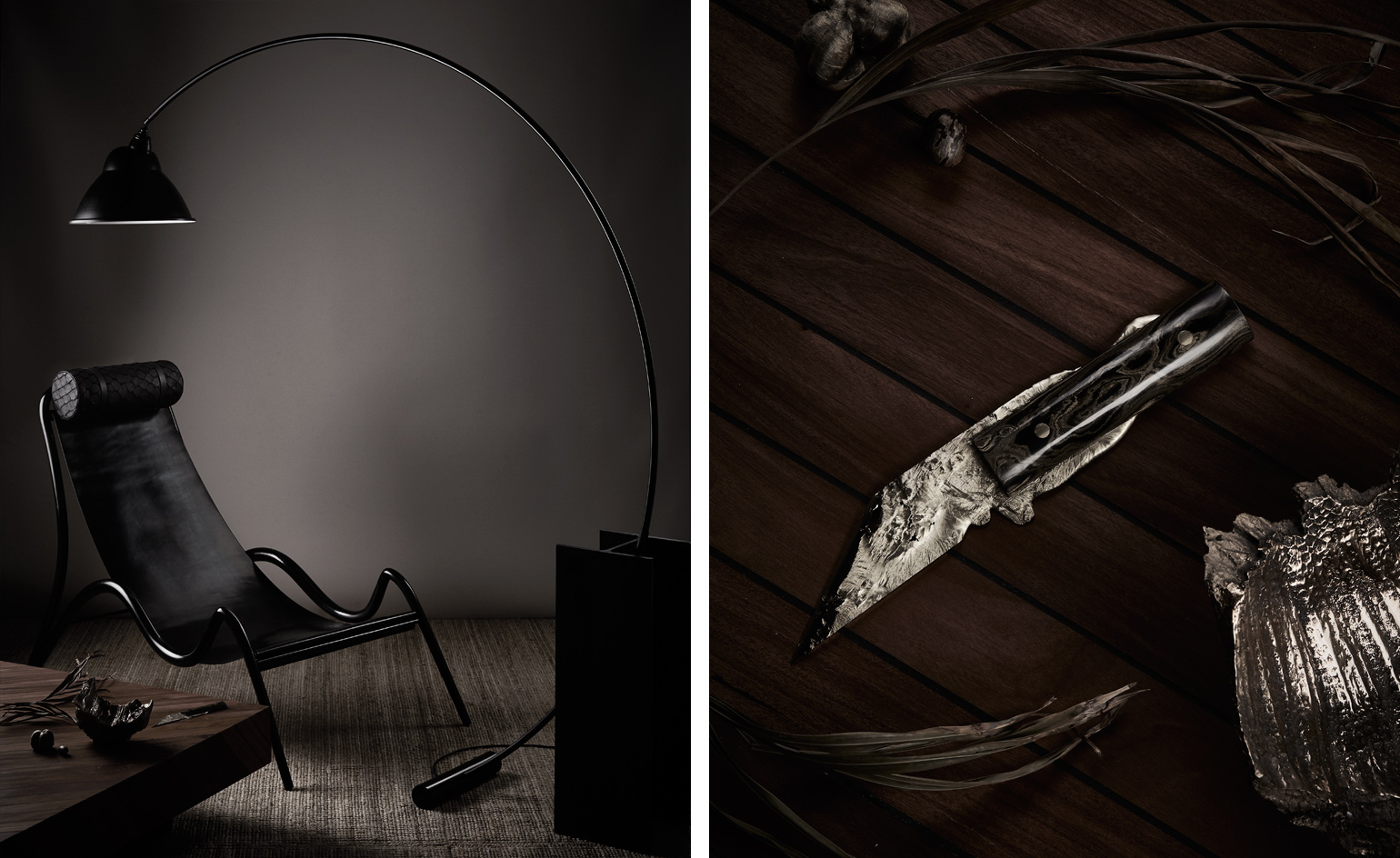
American industrialist Henry Ford may have built a virtually untouchable automobile empire during his lifetime, but it’s his lesser-known – if no less fantastic – failures that perhaps most exemplify the full breadth of his ambitions. Seeking to subvert the British monopoly over rubber in the late 1920s, Ford was inspired to carve out a utopian pocket of Americana deep in the Amazon rainforest. On the banks of the Tapajós River, he established the prefabricated industrial town of Fordlandia.
The project was earmarked for failure from its inception. Notorious for his scorn for experts, the tycoon stubbornly refused to consult with agriculturalists on the viability of the land. (‘None of our men are "experts",’ he was known to have proclaimed of Ford Motor’s employees. ‘We have most unfortunately found it necessary to get rid of a man as soon as he thinks himself an expert because no one ever considers himself expert if he really knows his job.’)
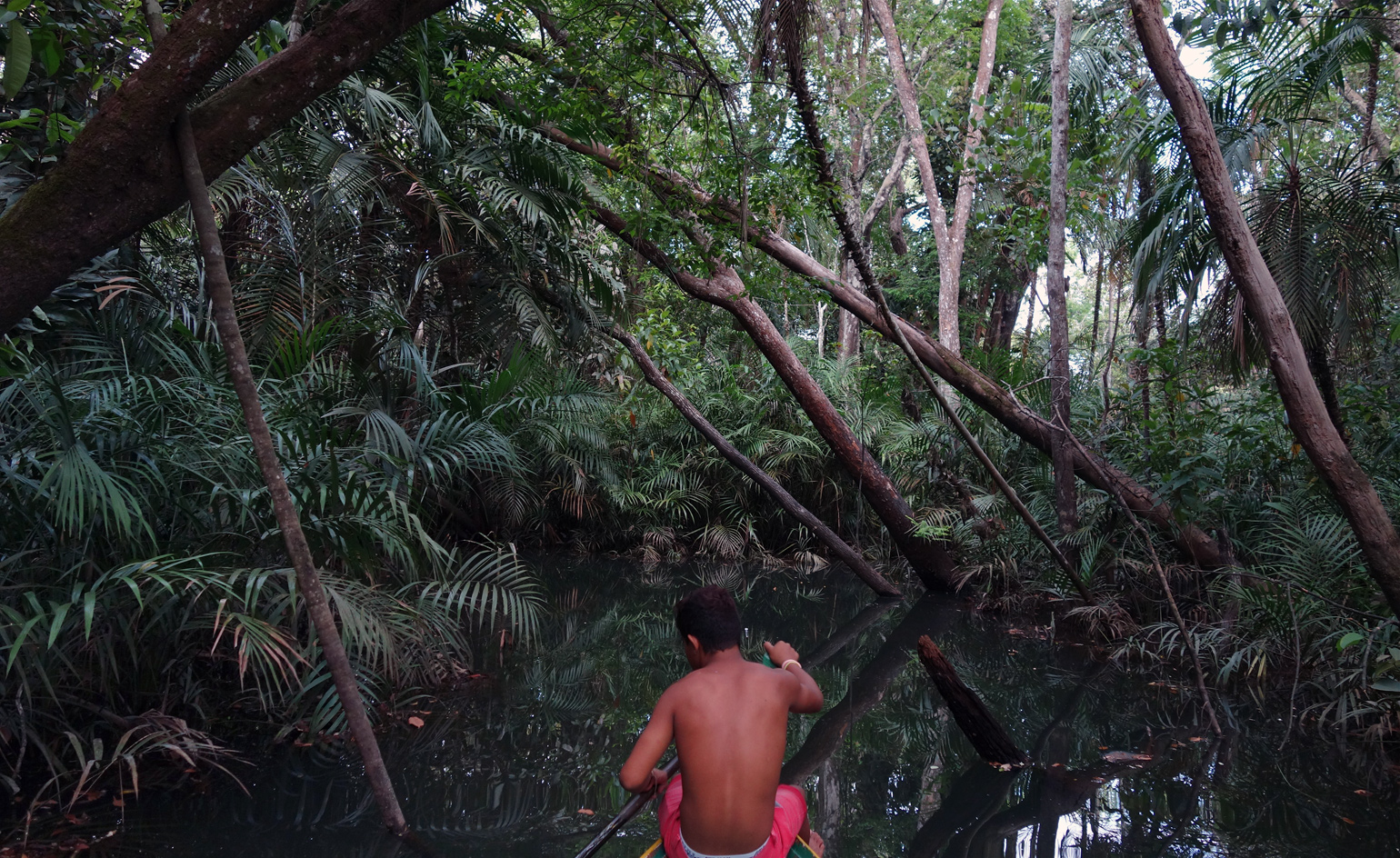
When it became evident that rubber production would be impossible in the jungle, Fordlandia evolved into a social engineering experiment. From the wilderness sprouted an alien settlement that wouldn’t have felt out of place in small-town America, complete with a hospital, golf course, hotel, library and rows of white clapboard houses.
Still, the colony was plagued by discord in spite of its Stepford-like perfectness. Local workers were vexed by the strict restrictions imposed and enforced by inspectors – alcohol, tobacco, women and even football were forbidden within the town. Then there was the infamous Breaking Pans revolt of 1930, after labourers grew tired of being fed American-style hamburgers and canned food. Six years after its creation and $20 million later, Fordlandia was abandoned along with its ideals – until now.
This autumn, London-based design duo Studio Swine – helmed by Azusa Murakami and Alexander Groves – have conjured an alternate reality for Ford’s failed vision, in a recently launched exhibition at Fashion Space Gallery. In their reimagining of the Amazonian town, Fordlandia fulfills its destiny of intertwining nature and industry in ‘a symbiotic relationship’.
Studio Swine has produced a striking collection. Inspired by a visit to the exhibition’s namesake, the duo created a show based around a fictional Fordlandia worker’s home. Fittingly, the materials palette includes reclaimed Brazilian walnut, skins from pirarucu (an Amazonian fish) and, of course, rubber.
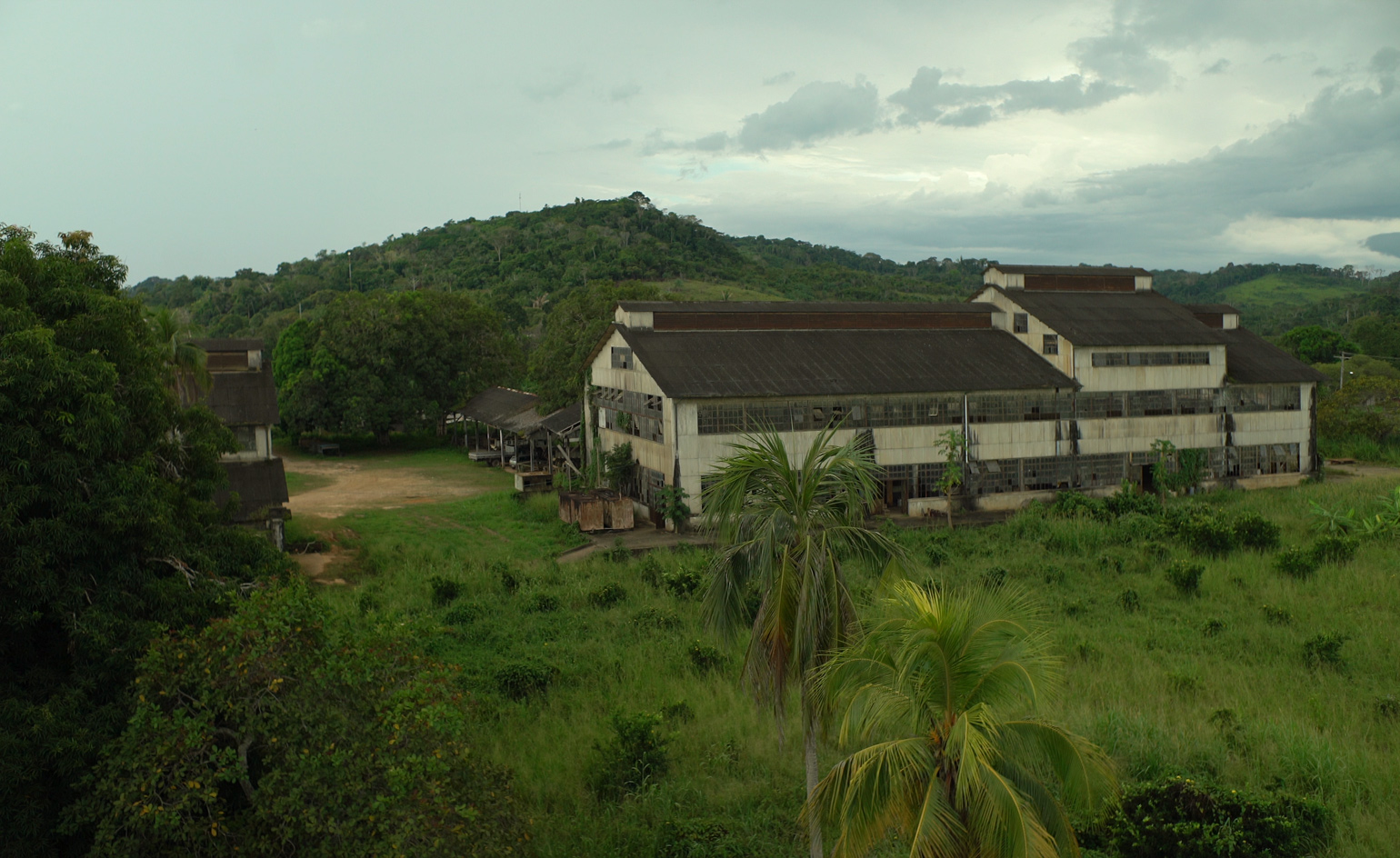
Still from a film by Juriaan Booij
As well as a specially commissioned film by Juriaan Booij, the pair have also collaborated with London College of Fashion graduate Emma Fenton Villar on a trio of denim work-wear jackets and a denim wall-hanging, and with student Erica Weide on a textiles screen.
Fordlandia remained largely uninhabited until the late 2000s. Today, the town is home to around nearly 3,000 people. ‘Failure is simply the opportunity to begin again, this time more intelligently,’ Ford once mused. In Studio Swine’s case, this certainly rings true.
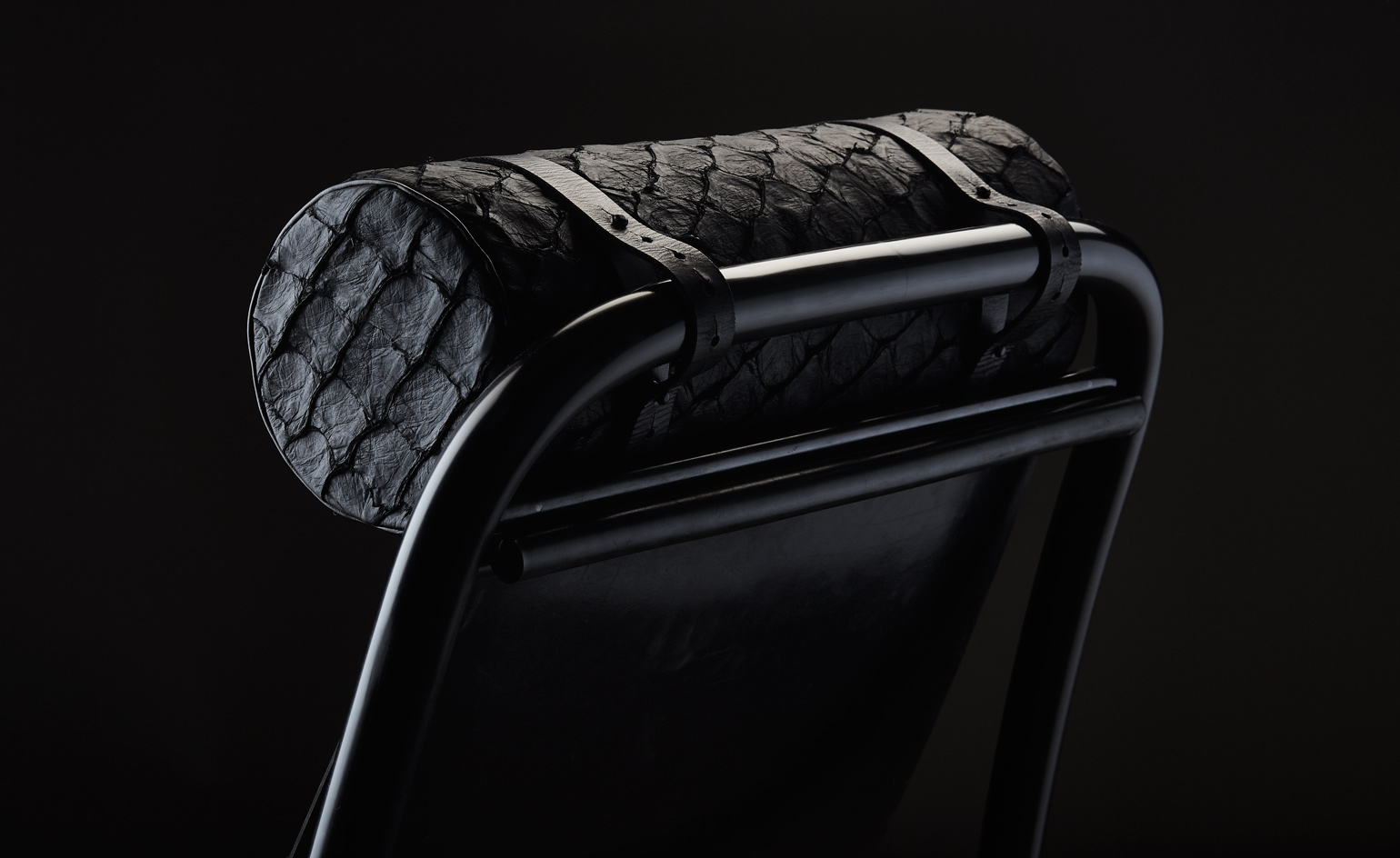
The collection references the Brazilian modernist movement...
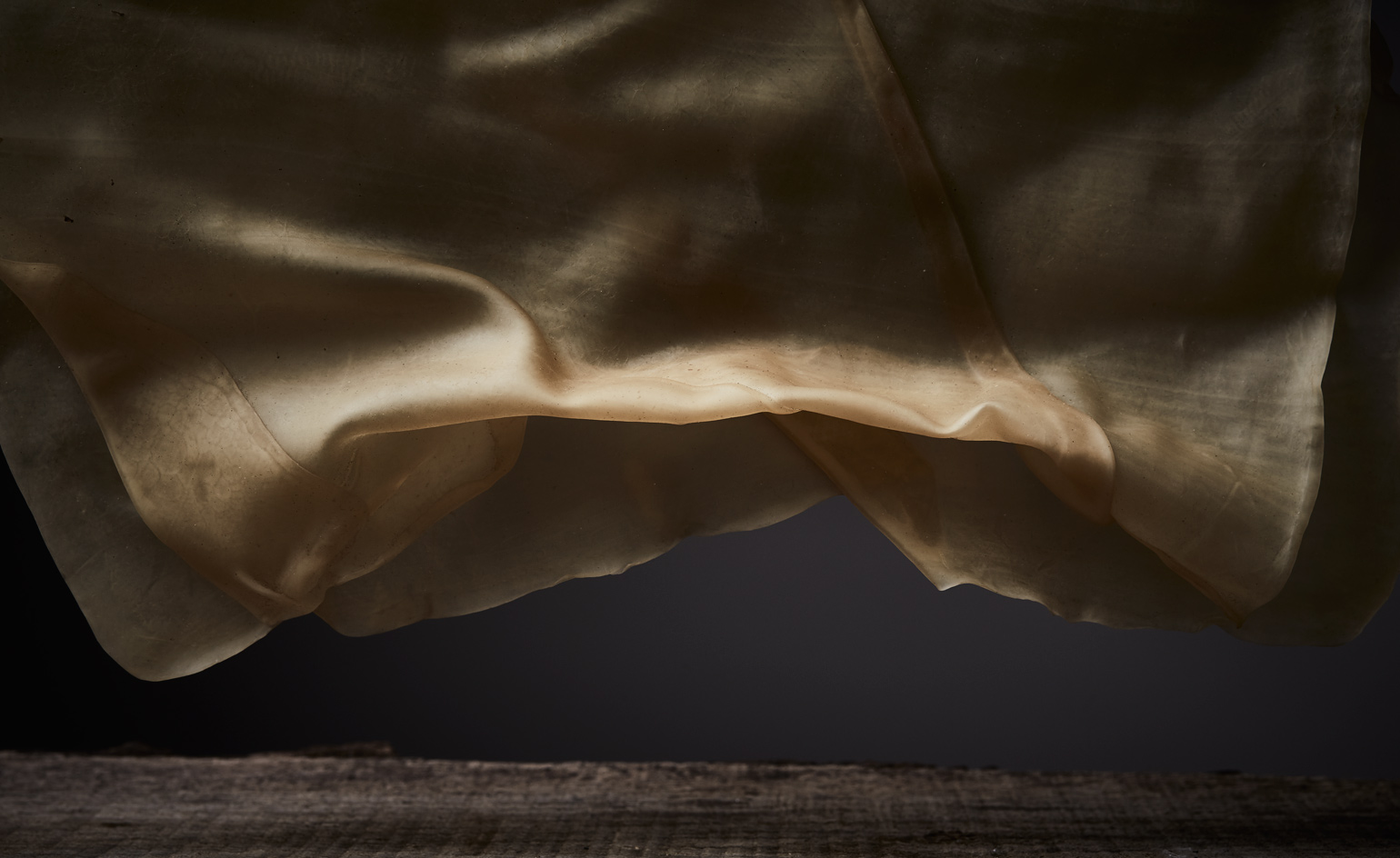
... and uses natural rubber, reclaimed Brazilian walnut, fish skins and other materials from the rainforest
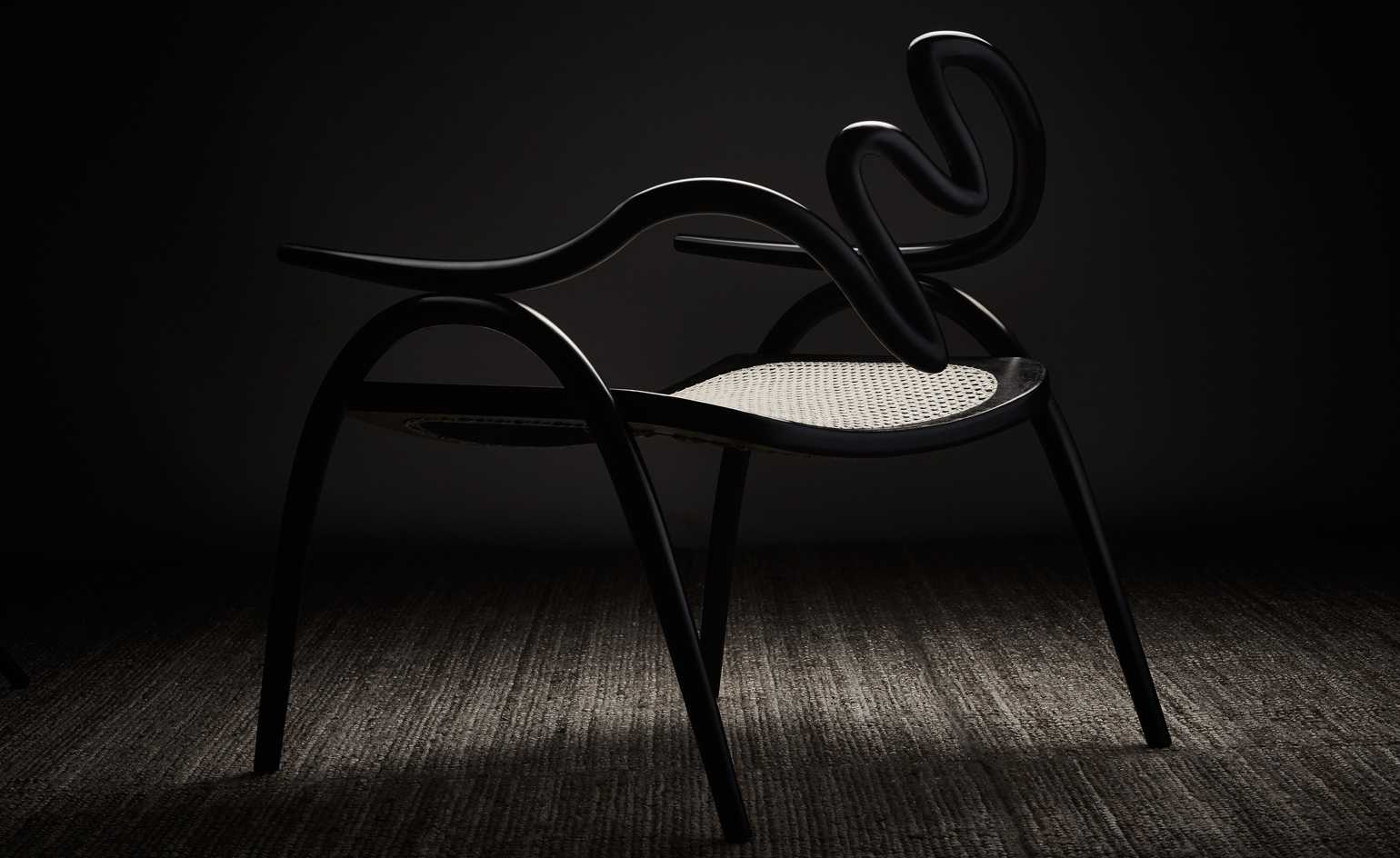
Armchair made from ebonite, plywood and handwoven cane
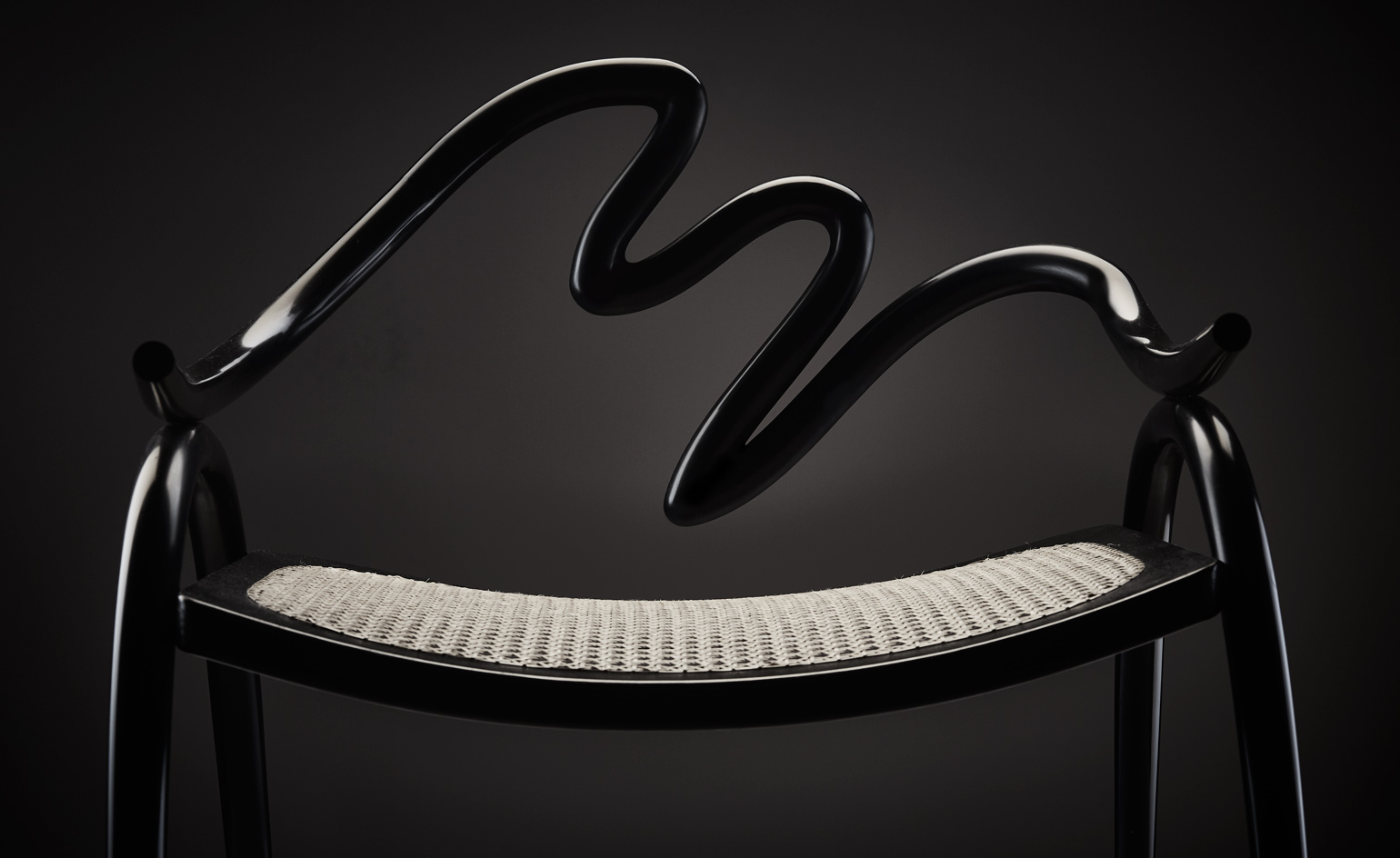
The pieces are inspired by natural forms such as trees, roots and snakes, as well as industrial motifs, including exhaust pipes
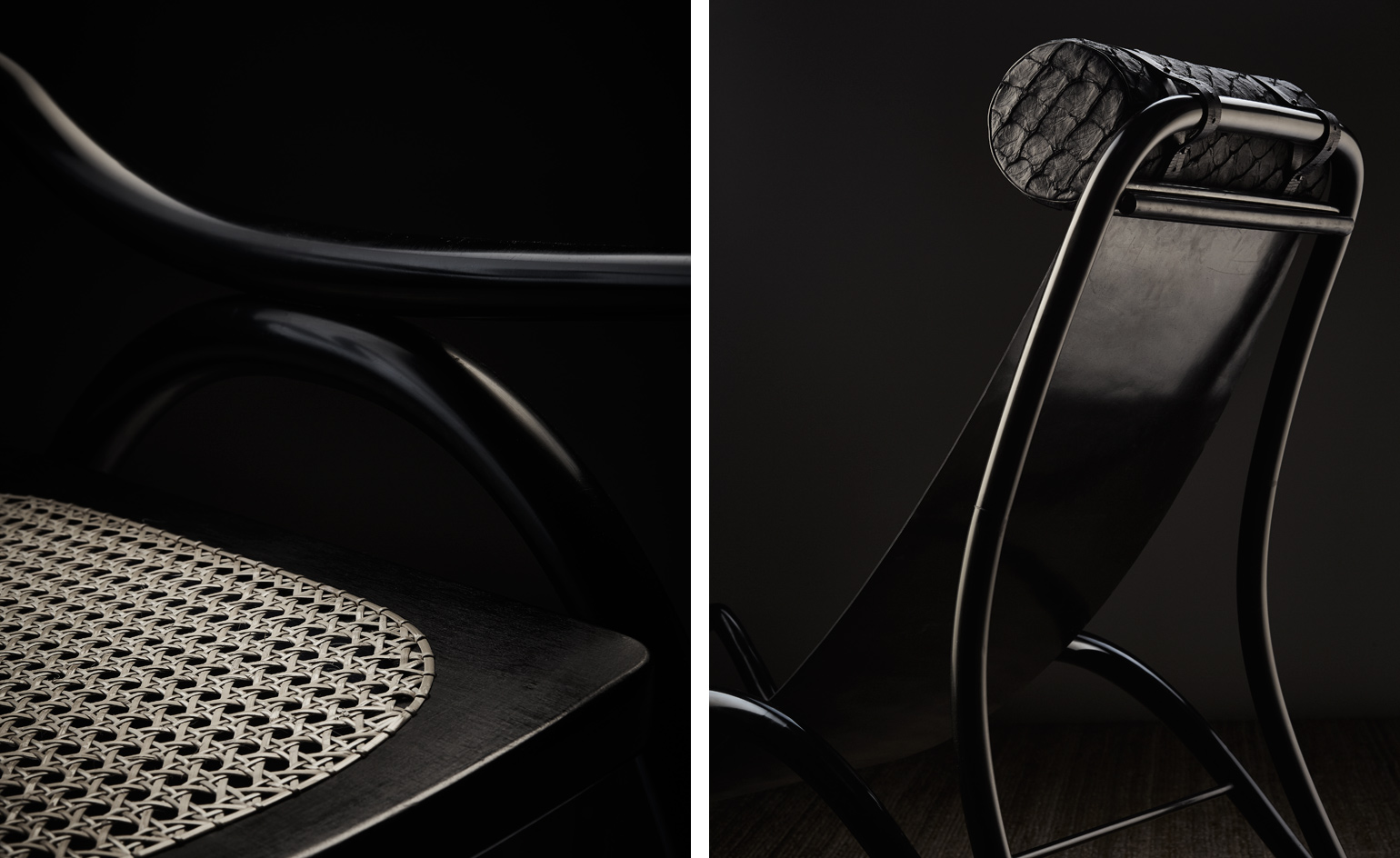
Details of the ’Fordlandia’ collection
INFORMATION
‘Fordlandia’ is on view until 10 December. For more information, visit Studio Swine’s website
ADDRESS
London College of Fashion
Fashion Space Gallery
20 John Prince’s Street
London, W1G 0BJ
Wallpaper* Newsletter
Receive our daily digest of inspiration, escapism and design stories from around the world direct to your inbox.
-
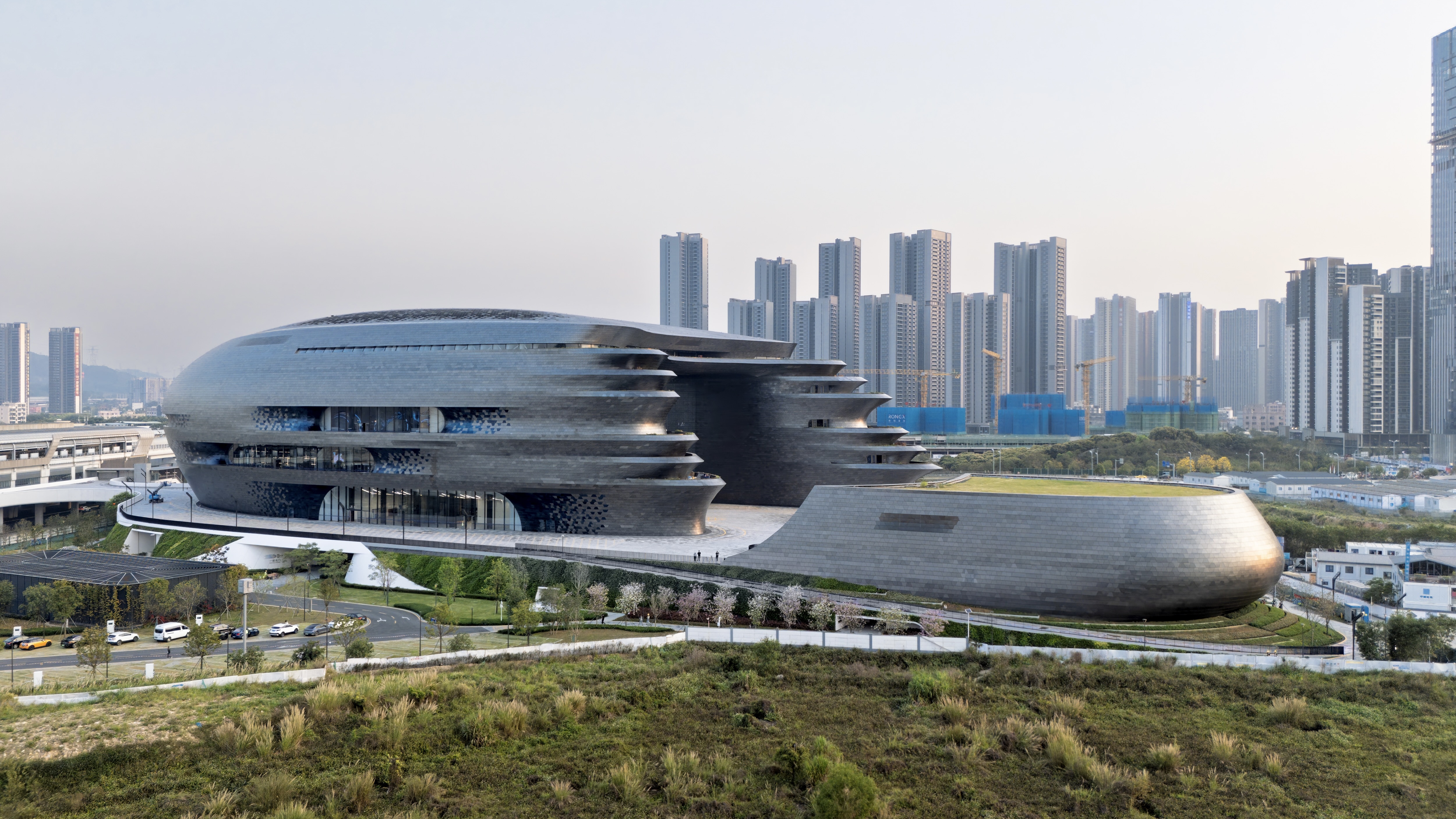 Zaha Hadid Architects’ spaceship-like Shenzhen Science and Technology Museum is now open
Zaha Hadid Architects’ spaceship-like Shenzhen Science and Technology Museum is now openLast week, ZHA announced the opening of its latest project: a museum in Shenzhen, China, dedicated to the power of technological advancements. It was only fitting, therefore, that the building design should embrace innovation
-
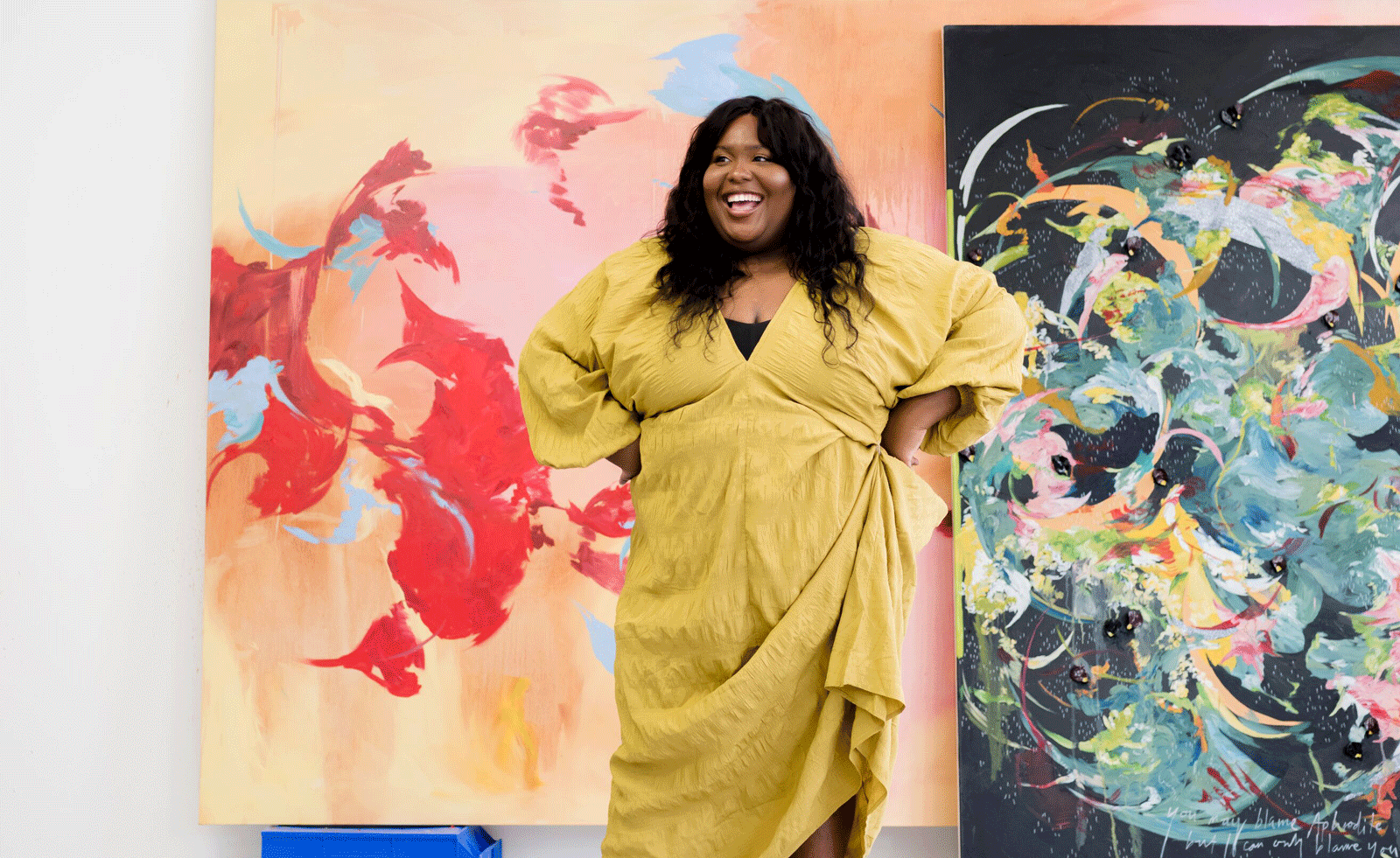 ‘The work is an extension of myself’: Michaela Yearwood-Dan on her debut show at Hauser & Wirth
‘The work is an extension of myself’: Michaela Yearwood-Dan on her debut show at Hauser & WirthLondon-based artist Michaela Yearwood-Dan continues her rapid rise, unveiling monumental new paintings in ‘No Time for Despair’
-
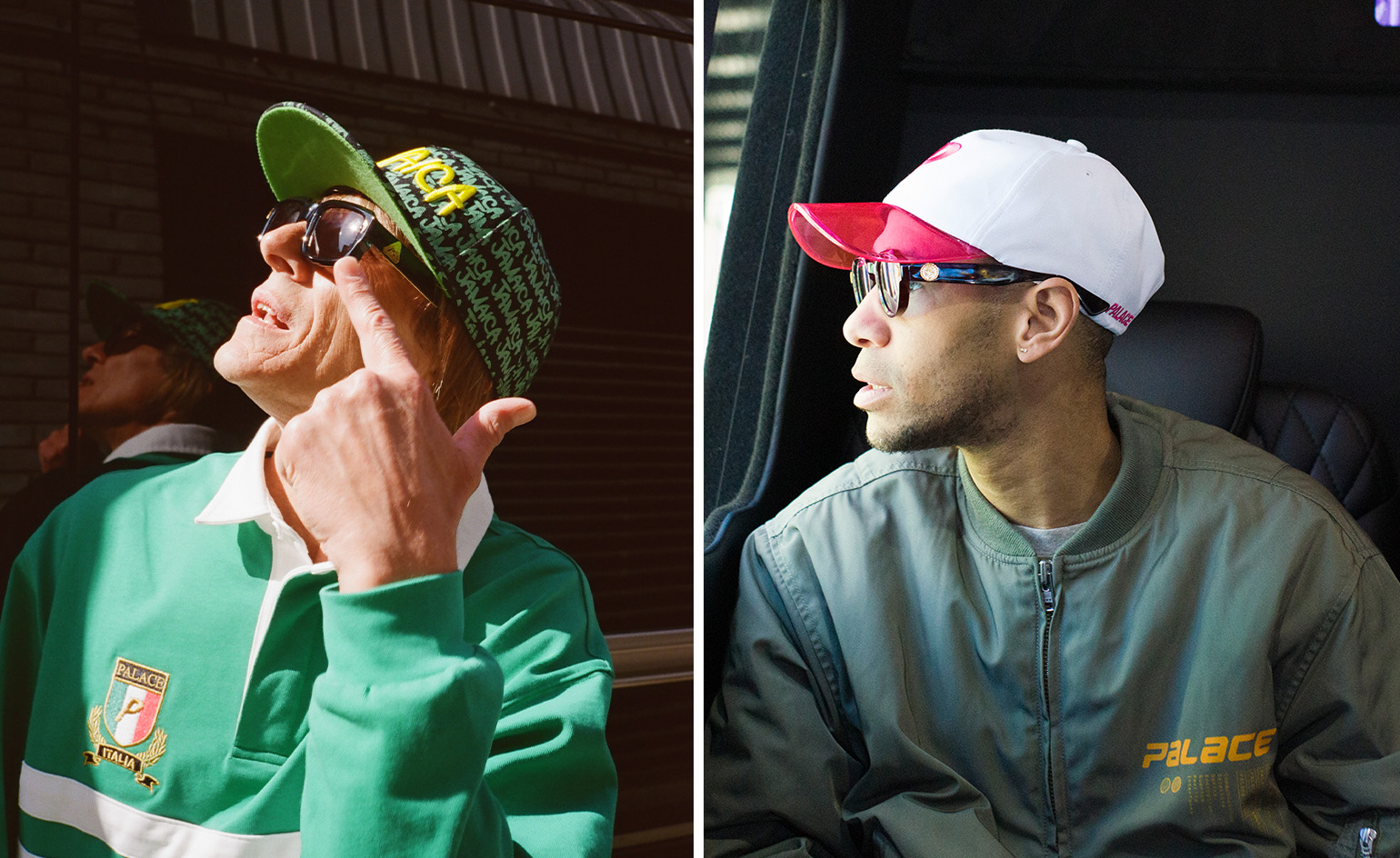 Palace’s collaboration with Cutler and Gross will be this summer’s most sought-after sunglasses
Palace’s collaboration with Cutler and Gross will be this summer’s most sought-after sunglassesPalace and Cutler and Gross make an early play for the sunglasses of the summer with their new collaboration, which comprises three retro-inflected styles (and a touch of 18-carat gold)
-
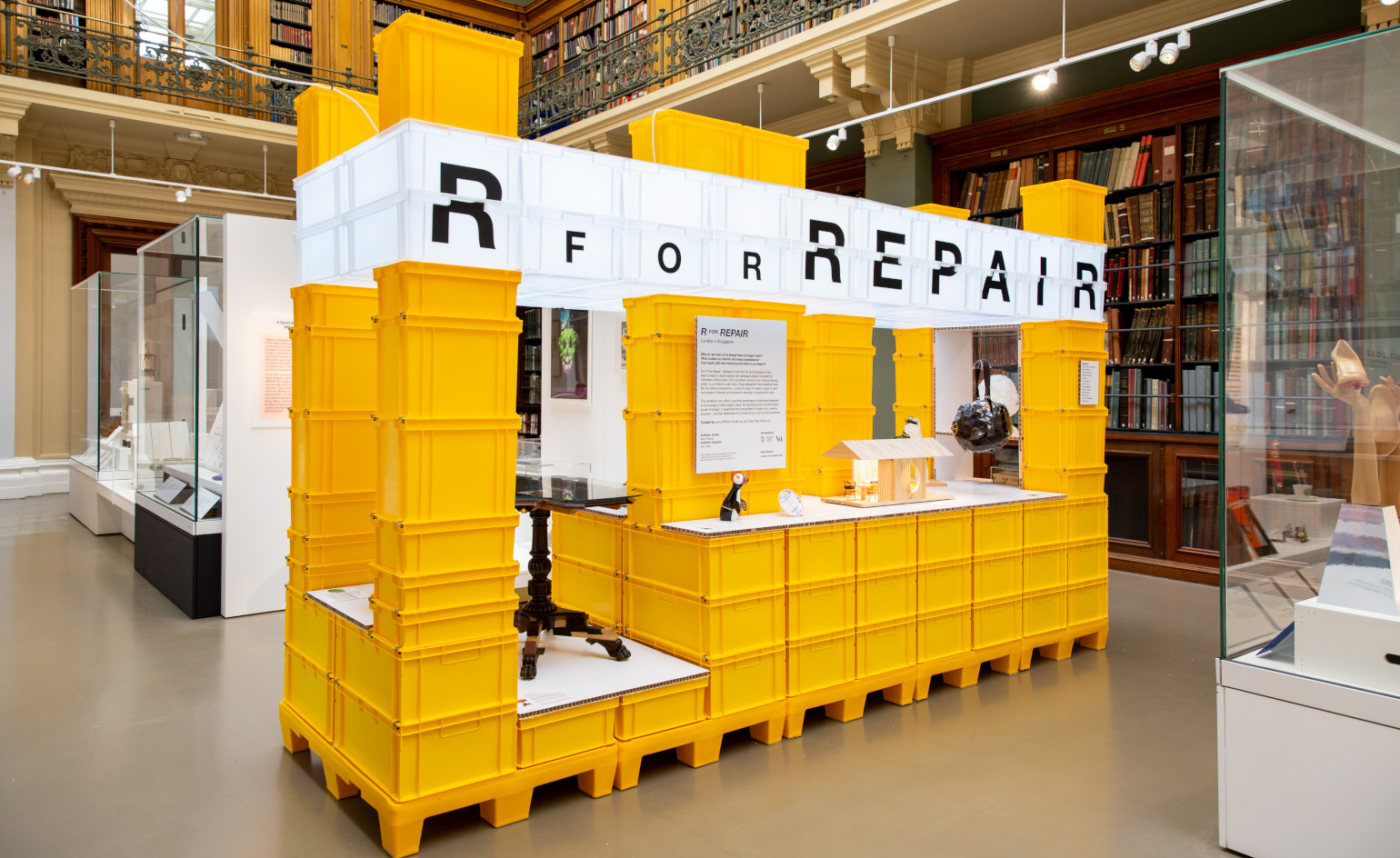 ‘R for Repair’ at London Design Festival displays broken objects, re-formed
‘R for Repair’ at London Design Festival displays broken objects, re-formedIn the second half of a two-part exhibition and as part of London Design Festival 2022, ‘R for Repair’ at the V&A displays broken objects, re-formed
-
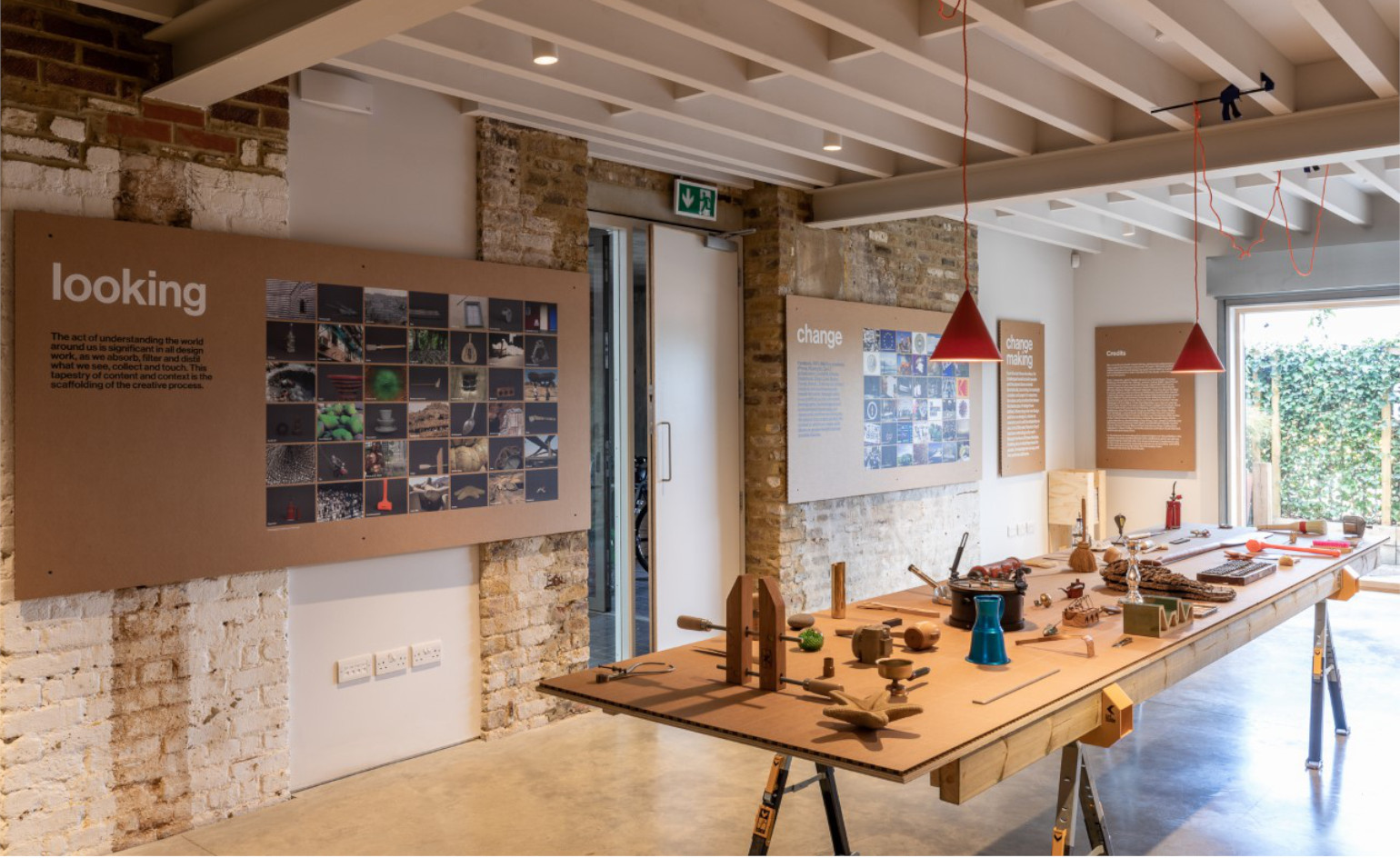 ‘Finding quality through the act of making’: Pearson Lloyd celebrates 25 years of design
‘Finding quality through the act of making’: Pearson Lloyd celebrates 25 years of designPearson Lloyd’s show ‘Change Making’ reflects on past designs from its archives, showcasing the influences on and evolution of the studio, from furniture design to the NHS
-
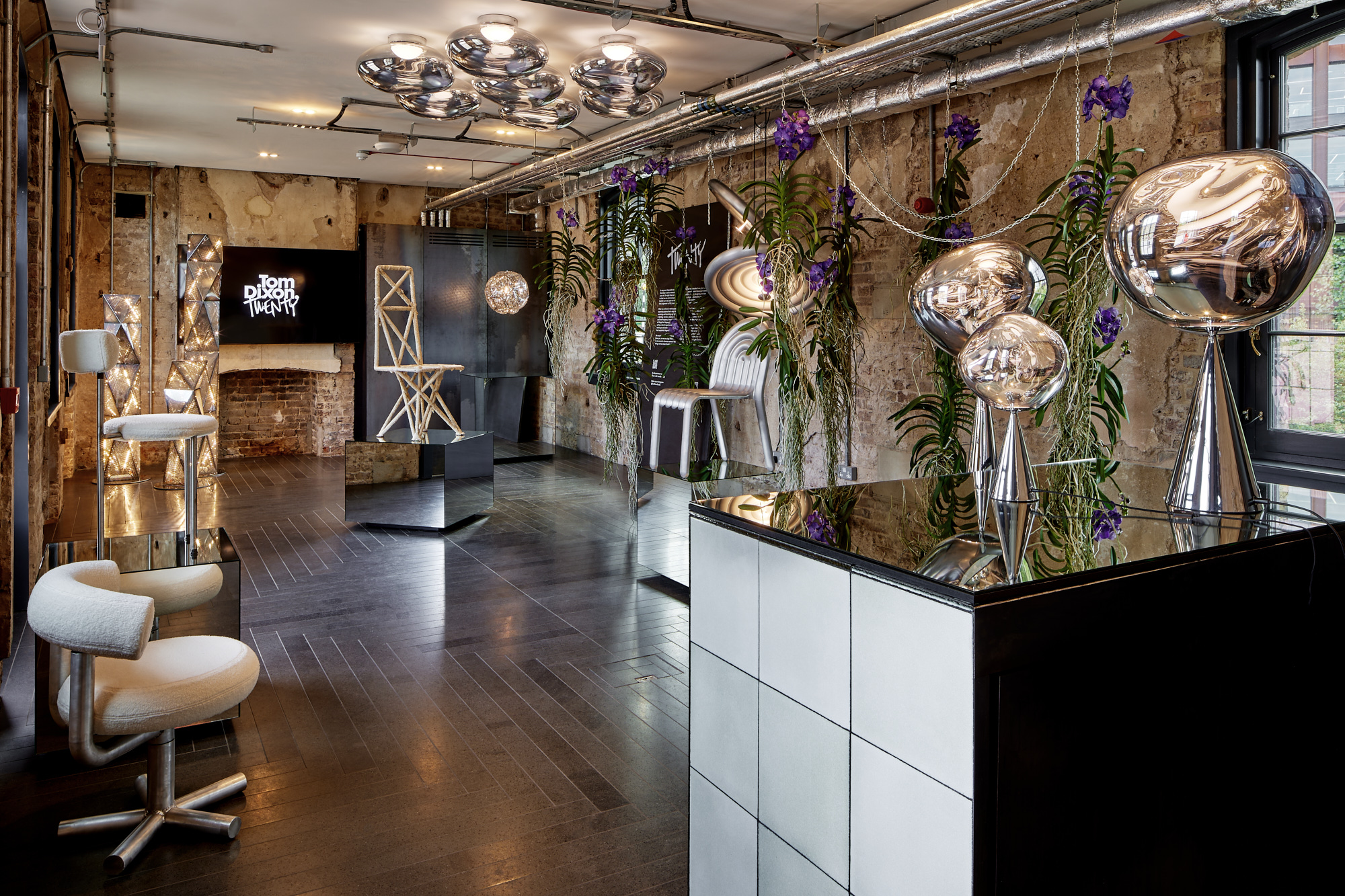 Tom Dixon marks his studio's 20 years with a show of design experiments
Tom Dixon marks his studio's 20 years with a show of design experimentsMushroom, cork, steel coral and more: Tom Dixon showcases an overview of his design experiments as he celebrates his practice's 20 years
-
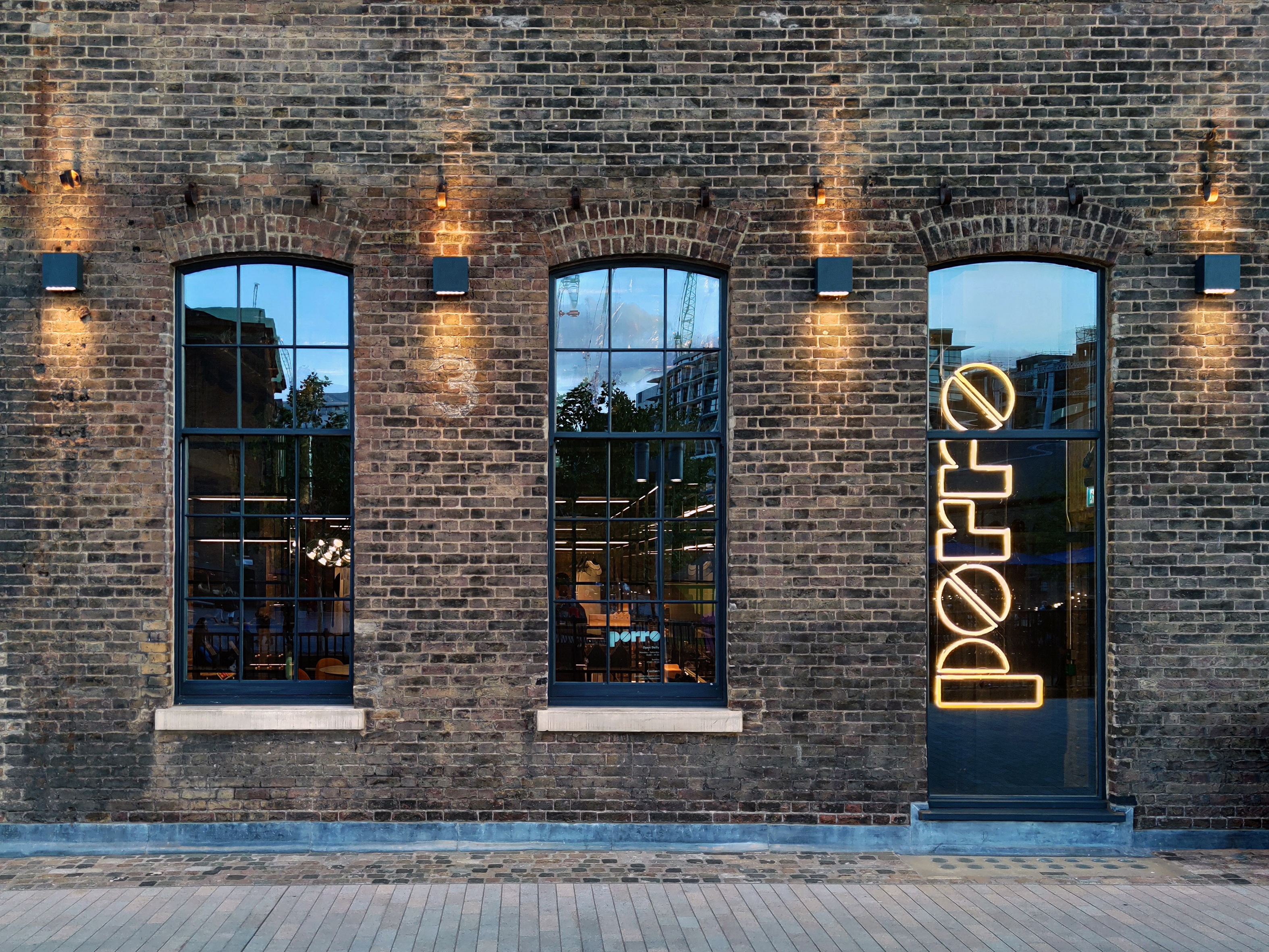 Porro unveils new London showroom at Coal Office
Porro unveils new London showroom at Coal OfficeLondon Design Festival 2022: industrial architecture meets pure geometries in the new Porro showroom, taking over a space within Tom Dixon’s Coal Office to showcase the brand’s systems and furniture
-
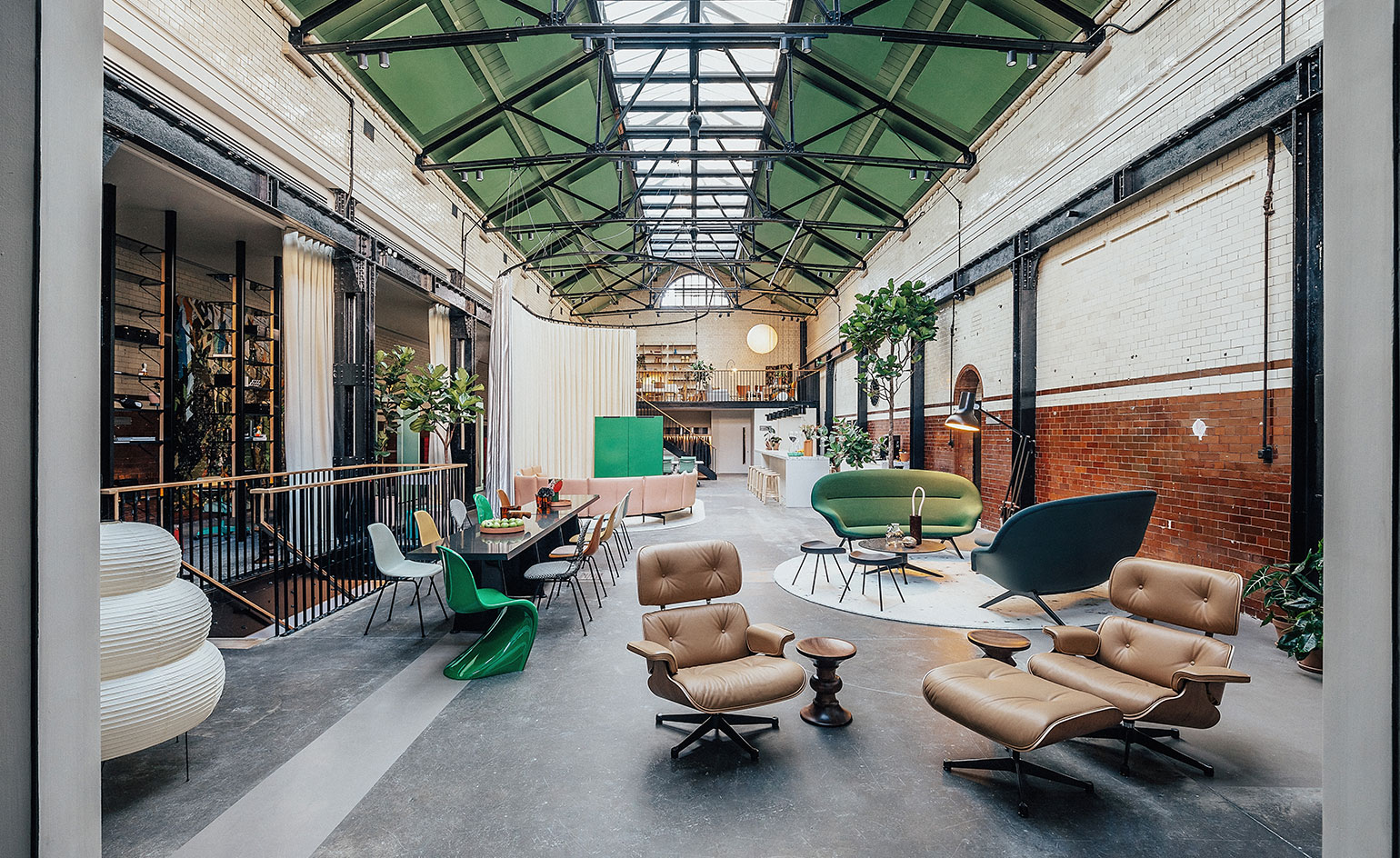 Vitra unveils new London home in the Tramshed, Shoreditch
Vitra unveils new London home in the Tramshed, ShoreditchLondon Design Festival 2022: after a year-long renovation, Vitra opens the door to its new showroom in the heart of Shoreditch
-
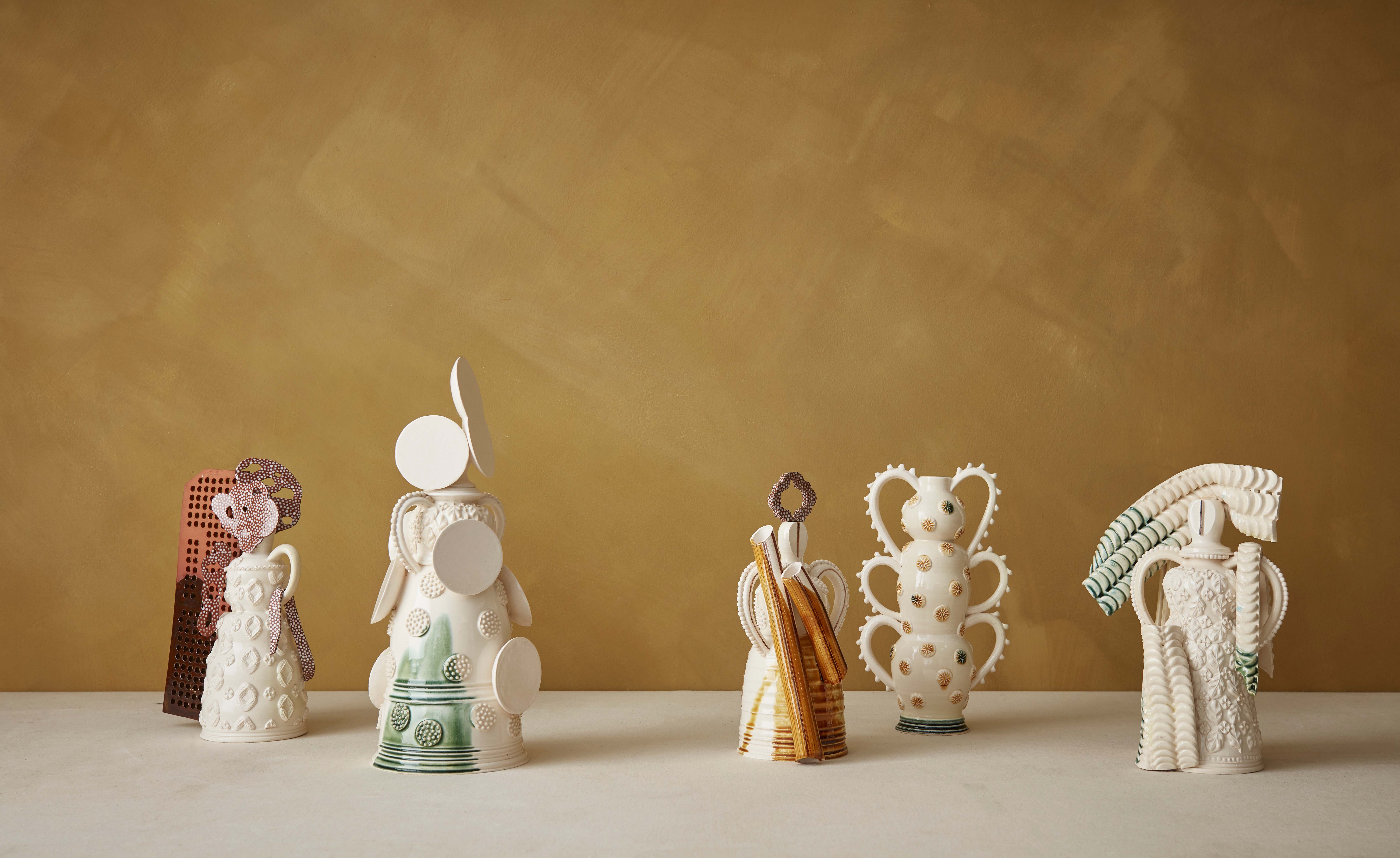 Mudlarking beside the River Thames inspires The New Craftsmen’s makers
Mudlarking beside the River Thames inspires The New Craftsmen’s makersLondon Design Festival 2022: The New Craftsmen’s new collection, ‘Claylarks’, features work from a group of creatives inspired by a River Thames mudlarking expedition
-
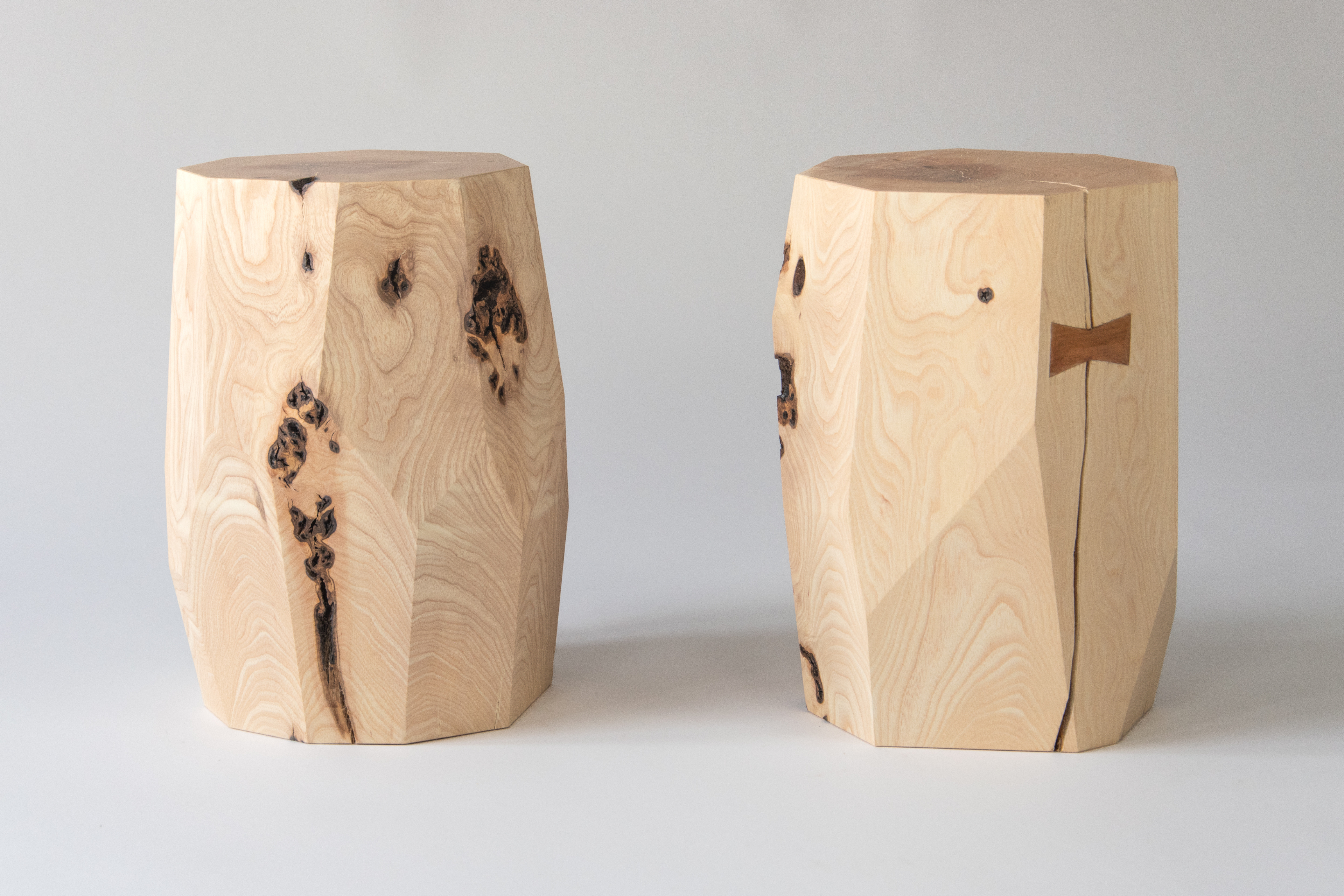 One tree, ten designers: SCP presents The One Tree Project at London Design Festival
One tree, ten designers: SCP presents The One Tree Project at London Design FestivalLondon Design Festival 2022: SCP enlisted ten British designers to create furniture and objects from a felled ash tree from founder Sheridan Coakley's Hampshire garden
-
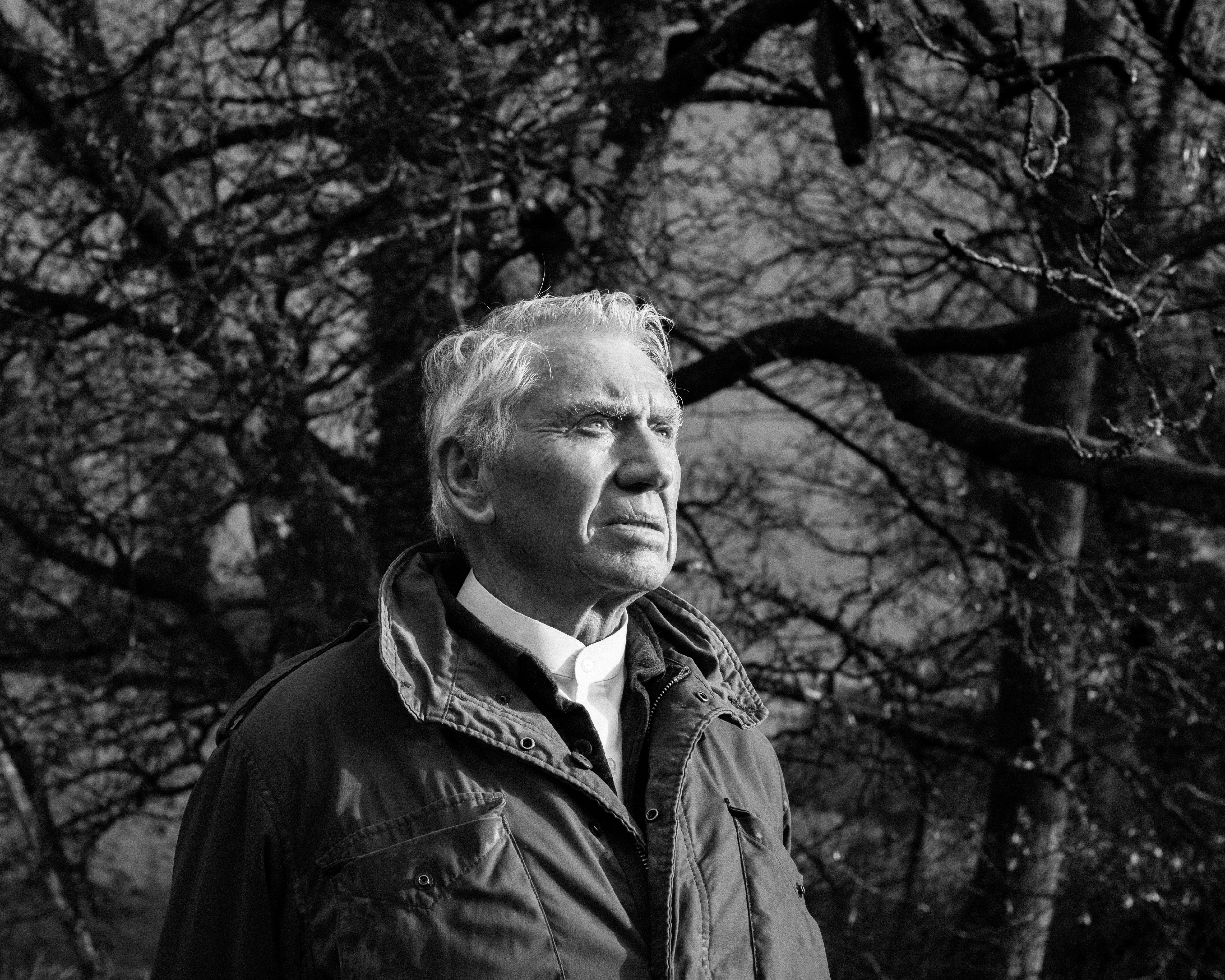 London Design Medals 2022
London Design Medals 2022London Design Medals 2022 are awarded to costume designer Sandy Powell, architect Indy Johar, researcher Joycelyn Longdon and photographer Sir Don McCullin